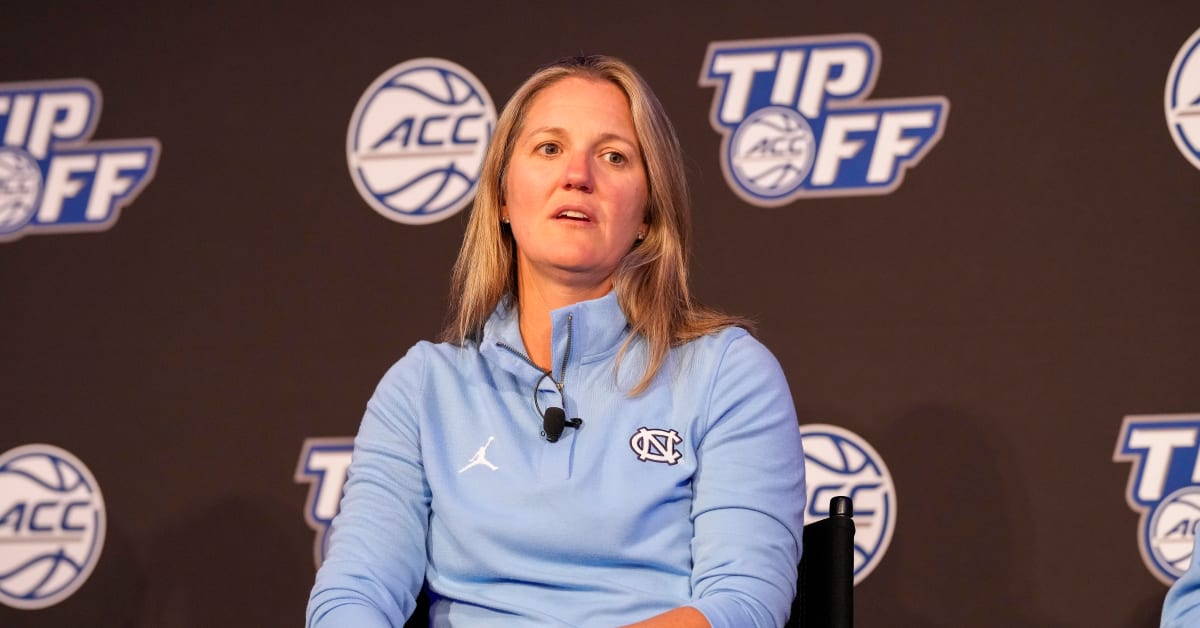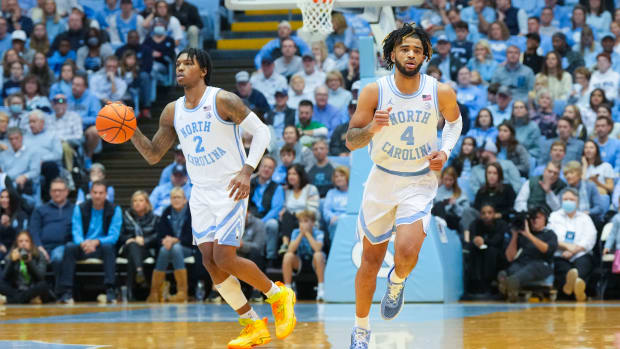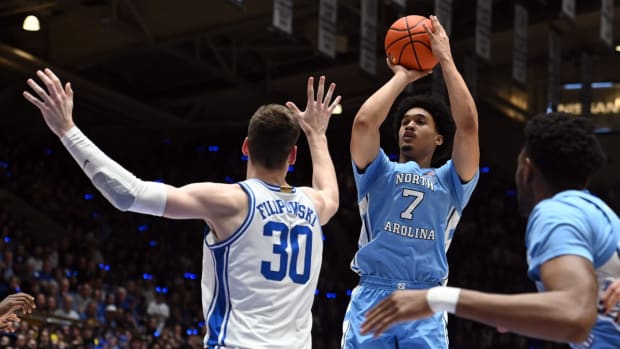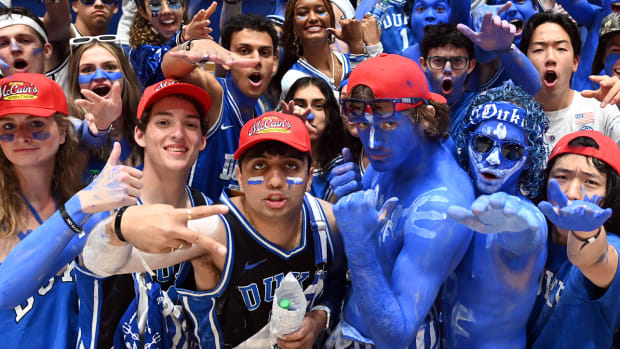What's going wrong with UNC women's basketball?

It's been a rough holiday season for No. 22 UNC.
The Tar Heels lost their fourth straight game on Thursday, falling to Miami, 58-62. The losing streak started with the Dec. 20 defeat to Michigan and continued with three consecutive ACC losses, putting UNC at 0-3 in conference play and 9-5 overall.
For a team that's been the No. 6 team in the country and 9-1 at one point, this stretch has been disappointing, especially since the last three losses came down to the wire. Deja Kelly has also been playing really good basketball, averaging 19 points over the last four games, and she became the 39th UNC player to reach 1,000 career points on Thursday night.
Despite finding themselves in winnable situations and getting exceptional play from their star guard, the Tar Heels are tumbling. Here's what's going wrong with the team and how they can fix it.
Three-point shooting AND defending
UNC has struggled from beyond the arc in its four-game skid, shooting a combined 25.6 percent.
Against Miami, the Tar Heels took 27 threes, their second-highest attempt total this season, and only made eight.
Looking at the stats, it's easy to point to Eva Hodgson, the most productive three-point threat on the team, and her shooting struggles. Hodgson has taken and made the most threes for UNC this season, and this stretch has proven that it's difficult having success without her hitting from deep. She's only made eight of her 25 three-point attempts during the losing streak, or 32 percent, which is well below her season average of 44.7 percent.
Yet, the issue goes beyond just Hodgson. Over the last four games, UNC has played against defenses that like to defend outside the three-point line and put tough pressure on ball-handlers. As a result, the Tar Heels haven't been allowed many open looks from deep, and the tape shows that many attempts have been either rushed, highly-contested, or not in the flow of the offense.
The threes that have been falling are coming in transition and from great ball movement in half-court sets. Outside of just making the shots, UNC needs to move aggressive defenses by passing the ball around more often, creating open, more comfortable looks for its sharpshooters.
On the defensive end, the Tar Heels have been getting gashed from the three-point line. Before the Miami loss, UNC had allowed opponents to shoot 33.4 percent from beyond the arc, the third-highest opponent percentage in the ACC.
Miami hit 44.4 percent of its threes against the Tar Heels, the second-highest opponent three-point percentage behind their loss to Indiana.
The inability to defend the three has been a huge factor in the recent losses, especially against Virginia Tech when Kennedy Todd-Williams fouled a three-point shooter who iced the game at the free throw line.
No doubt, the Tar Heels have faced elite scorers like Virginia Tech's Georgia Amoore and Florida State's Ta'Niya Latson, but it's apparent on film that UNC doesn't always defend beyond the arc like its opponents. The guards, especially, like to sink a bit to defend the drive, which works with preventing easy baskets but is not so successful in closing out perimeter shots.
That, combined with the occasional assignment busts, are leaving shooters open from deep. UNC needs to do a better job of defending closer up to give more time for close-outs and running opponents off the line, especially when going against three-point specialists.
Scoring droughts
Going long periods without scoring has plagued the Tar Heels in their losing streak.
Against Virginia Tech, UNC failed to make a field goal in the game's final two minutes and 55 seconds and scored only one point from a free throw. The Tar Heels went 0-2 with a turnover in that period.
In the loss to Miami, a third quarter drought hurt their chances at leaving with a win. UNC went six minutes and 51 seconds without a single point, allowing the Hurricanes to overcome a one-point deficit and build a six-point lead.
From there, the Tar Heels couldn't reclaim the advantage as the drought killed the momentum built early in the third quarter.
When looking at the offensive possessions in these droughts, they often end in missed jumpers or turnovers. That was the case against Miami as UNC kept missing from both three and mid-range while wasting scoring opportunities with unforced errors.
In periods of offensive struggle, the Tar Heels need to do a better job of slowing down the game and finding the best shot. Their best possessions are when multiple players touch the ball and flash to the basket, opening up easy opportunities at the rim or wide open looks from three.
Sometimes UNC is too eager to make a shot right away, which can disengage some players in the offense and put more pressure on scorers who are watching the misses pile up.
The Tar Heels will likely slip out of the rankings due to how harsh AP voters have been with their losses this season, but they still have plenty of basketball left to climb back in the race for the ACC.
It won't get any easier from here, though, as No. 4 Notre Dame is coming to Chapel Hill on Sunday to take on UNC. Tip-off will be at 4 p.m.





